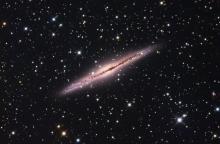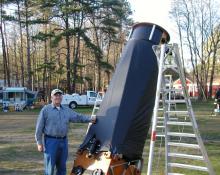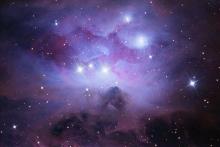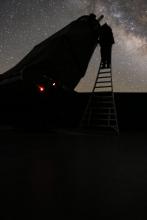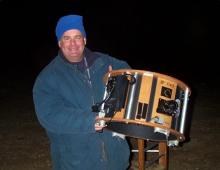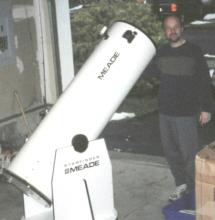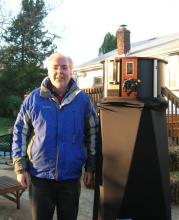Don't miss the meeting, coming up this week!
Feed aggregator
Astronomers unravel mysteries of planet formation and evolution in distant planetary system
TOI-1136, a dwarf star located more than 270 light years from Earth, is host to six confirmed exoplanets and a seventh as yet unconfirmed candidate. The system has provided a rich source of information on planet formation and evolution in a young solar system. Researchers used a variety of tools to compile radial velocity and transit timing variation readings to derive highly precise measurements of the exoplants' masses, orbital information and atmospheres.
Stars travel more slowly at Milky Way's edge
Physicists discovered stars near the edge of the Milky Way travel more slowly than those closer to its center -- a surprise suggesting our galaxy's gravitational core may have less dark matter than previously thought.
'Old smokers' and 'squalling newborns' among hidden stars spotted for first time
'Hidden' stars including a new type of elderly giant nicknamed an 'old smoker' have been spotted for the first time by astronomers. The mystery objects exist at the heart of our Milky Way galaxy and can sit quietly for decades -- fading almost to invisibility -- before suddenly puffing out clouds of smoke, according to a new study.
Faint features in galaxy NGC 5728 revealed
A new study describes the best method to improve images obtained by the James Webb Science Telescope (JWST) using a mathematical approach called deconvolution.
Astrophysical jet caught in a 'speed trap'
The microquasar SS 433 stands out as one of the most intriguing objects within our Milky Way. A pair of oppositely directed beams of plasma ('jets') spirals away perpendicularly from the binary systems disk's surface at just over a quarter of the speed of light. The H.E.S.S. observatory in Namibia has now succeeded in detecting very high energy gamma rays from the jets of SS 433, and identifying the exact location within the jets of one of the galaxy's most effective particle accelerators.
Lightest black hole or heaviest neutron star? MeerKAT uncovers a mysterious object in Milky Way
An international team of astronomers have found a new and unknown object in the Milky Way that is heavier than the heaviest neutron stars known and yet simultaneously lighter than the lightest black holes known.
Moon rocks with unique dust found
A research team has for the first time discovered anomalous meter-sized rocks on the lunar surface that are covered in dust and presumably exhibit unique properties -- such as magnetic anomalies. These findings help to understand the processes that form and change the lunar crust.
Origin of intense light in supermassive black holes and tidal disruption events revealed
A new study is a significant breakthrough in understanding Tidal Disruption Events (TDEs) involving supermassive black holes. The new simulations accurately replicate the entire sequence of a TDE from stellar disruption to the peak luminosity of the resulting flare.
Astronomers detect oldest black hole ever observed
Researchers have discovered the oldest black hole ever observed, dating from the dawn of the universe, and found that it is 'eating' its host galaxy to death.
The metalens meets the stars
Researchers have developed a 10-centimeter-diameter glass metalens that can image the sun, the moon and distant nebulae with high resolution. It is the first all-glass, large-scale metalens in the visible wavelength that can be mass produced using conventional CMOS fabrication technology.











